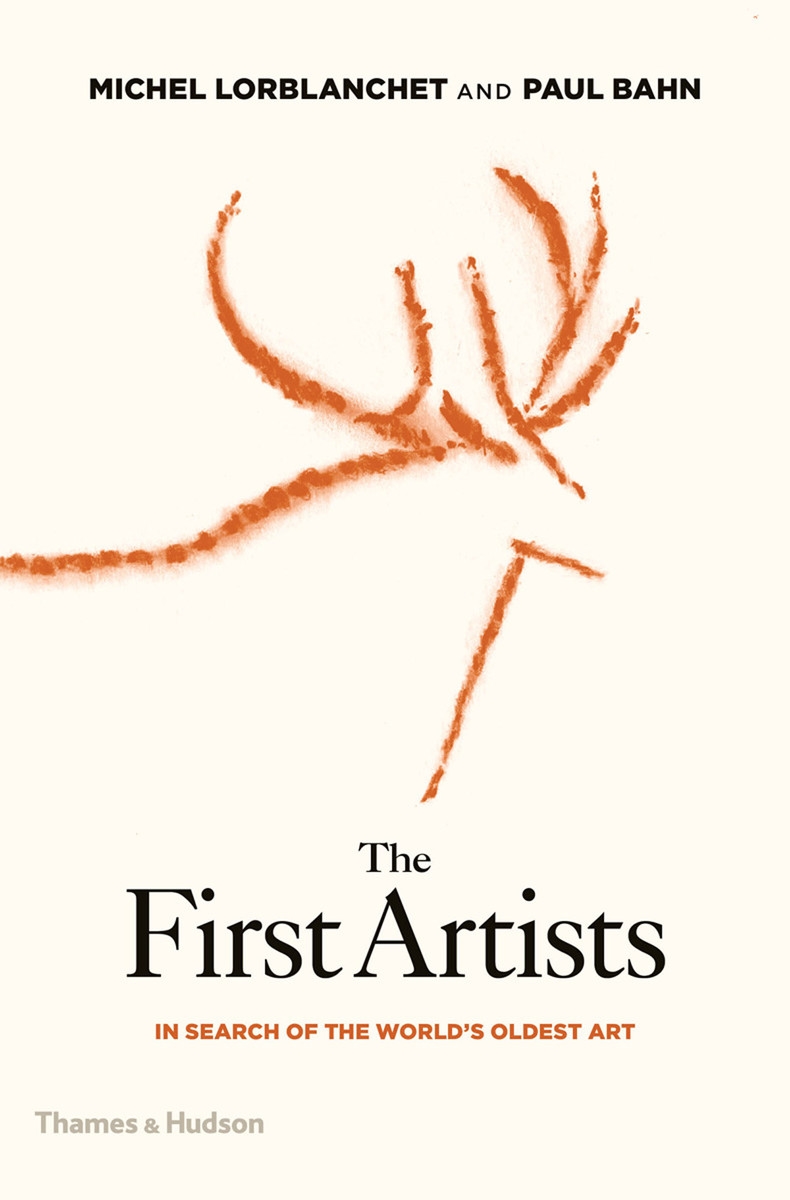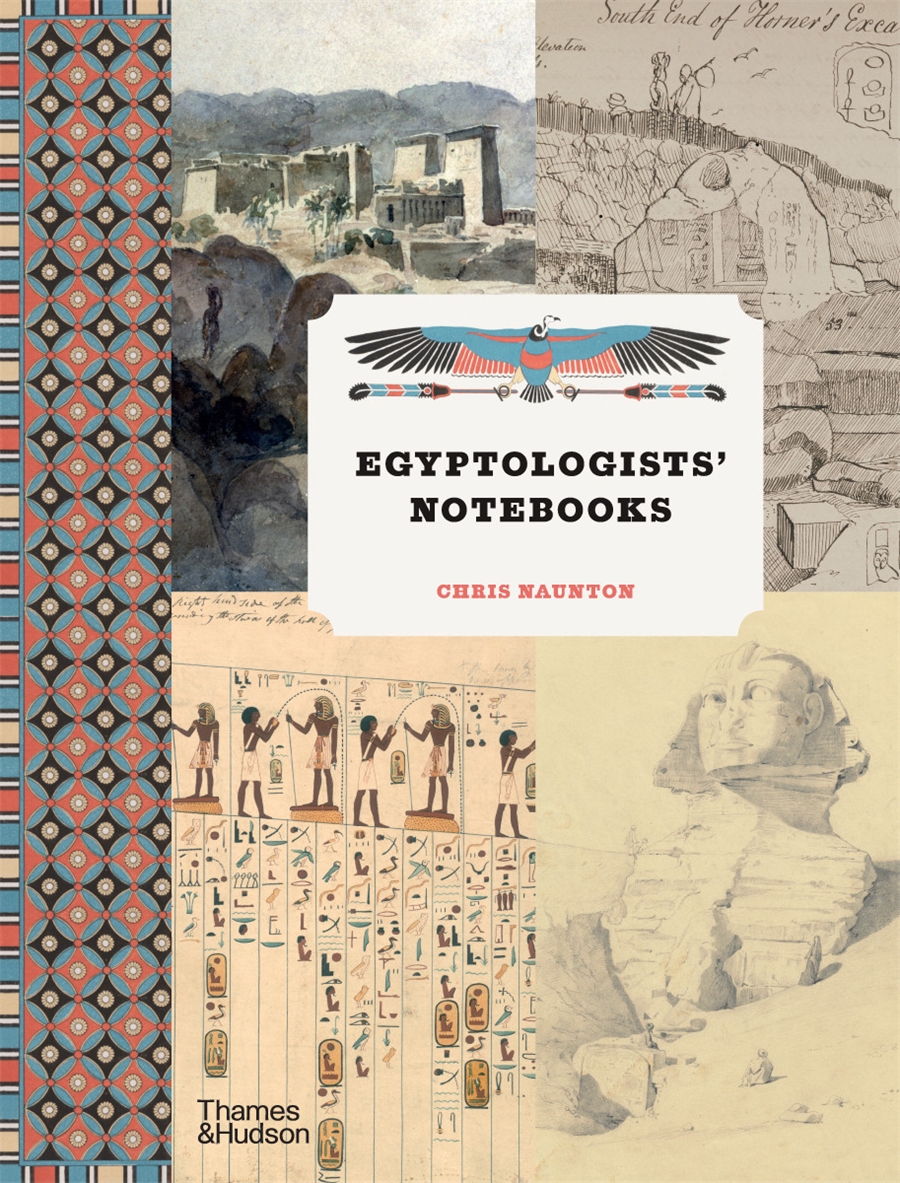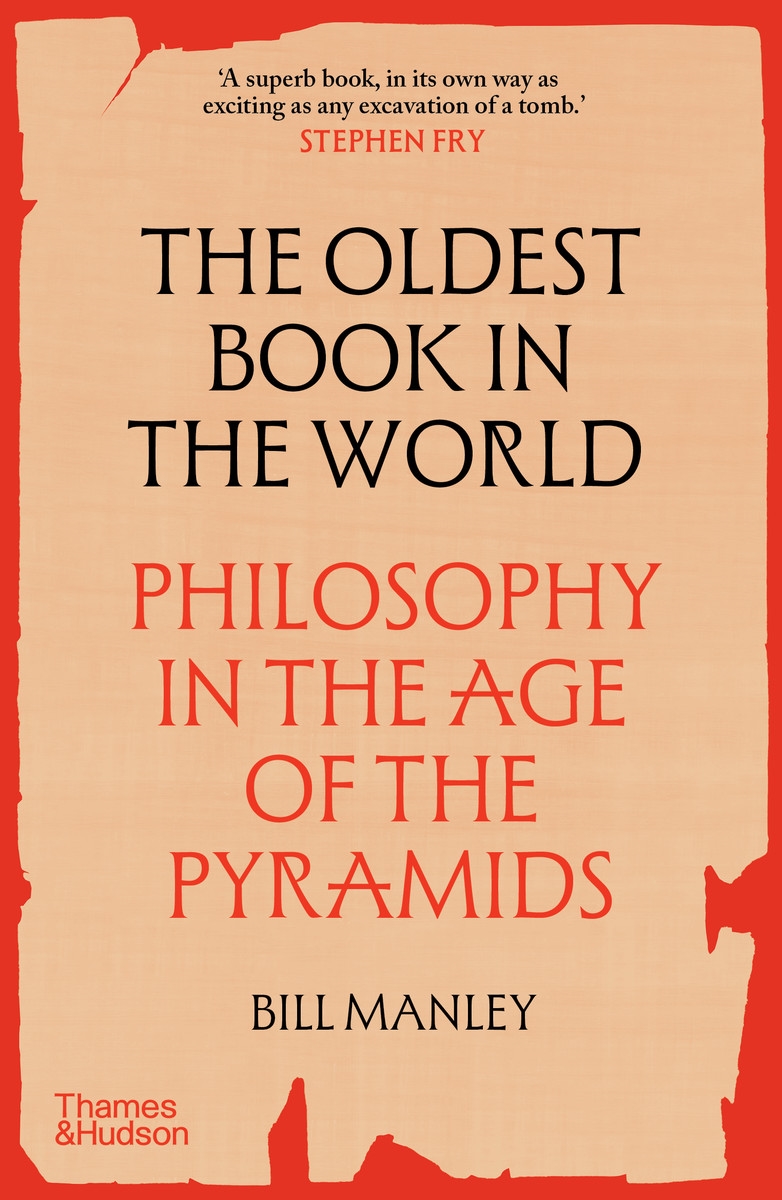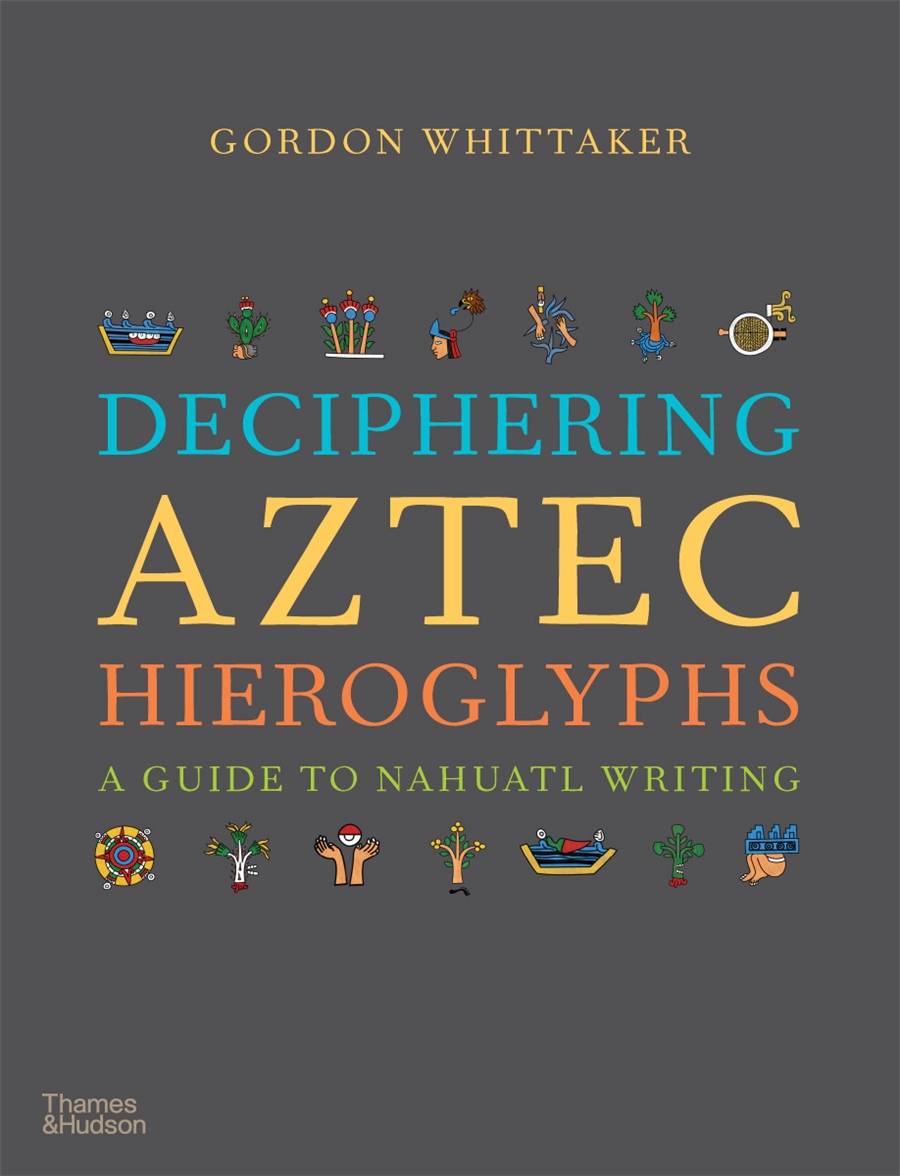Description
Where do we find the world’s very first art? When, and why, did people begin experimenting with different materials, forms and colours? Were our once-cousins, the Neanderthals, also capable of creating art? Prehistorians have been asking these questions of our ancestors for decades, but only very recently, with the development of cutting-edge scientific and archaeological techniques, have we been able to piece together the first chapter in the story of art. Overturning the traditional Eurocentric vision of our artistic origins, which has focused almost exclusively on the Franco-Spanish cave art, Paul Bahn and Michel Lorblanchet take the reader on a search for the earliest art across the whole world. They show that our earliest ancestors were far from being the creatively impoverished primitives of past accounts, and Europe was by no means the only ‘cradle’ of art; the artistic impulse developed in the human mind wherever it travelled. The long universal history of art mirrors the development of humanity.



